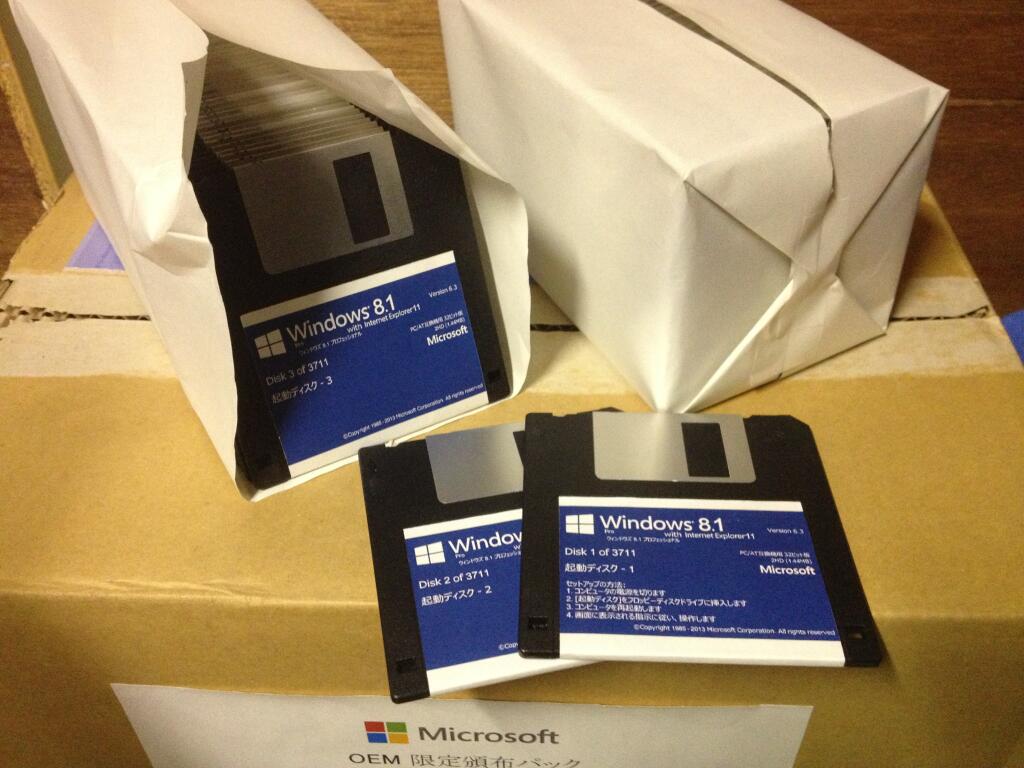

Now, that does make format detection rather tricky. This lead to a number of non-standard formats such as DMF. With DOS 3.3 or later you could arbitrarily specify the number of heads, sectors, and tracks, and if your BIOS and hardware could manage to read them, DOS would happily process it. Earlier versions worked from a drive type lookup table and only a few standard disk formats were defined. Yea, sure, it's ooooooooooooooold!!!!! Whatever.Īnyway, another issue on top of all that is that MS-DOS 3.3 and later supported "dynamic" disk formats. Whatever the reason, it's back in and you can use USB floppy drives on win10 machines. Turns out Microsoft was planning to get rid of UFI support (or it was broken). I know all of the above because in the windows 10 developer preview people were saying that their USB floppy drives were not working. Those older formats use a /completely/ different scheme (CLV) that the usb drives can't access.

You'll run in to the same issue if, say, you wan to access old 800k or 400k disks on a mac with a USB floppy drive.

Just block level access to 1.44 meg disks, and nothing else. USB floppy drives aren't capable of low level access. Regular floppy drives are very very very old tech that's very "low level" - Things like DMF use low level tricks and hacks to squeeze more data out. USB floppy drives use a subset of the USB mass storage spec called "UFI" UFI was designed to give block level access to 1.44 meg floppy drives, and that's it. USB drives are decades newer tech wise and were only designed to help people transition off of floppy storage, and only designed to work with what was most common at the time. Short answer: USB floppy drives don't operate like "regular" floppy drives.


 0 kommentar(er)
0 kommentar(er)
